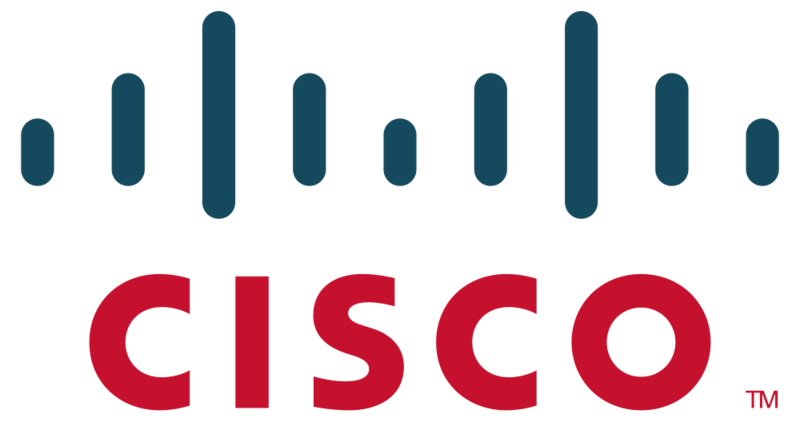For its fourth-quarter and fiscal-year results for the period ended July 27, 2013, “Cisco reported fourth quarter revenue of $12.4 billion, net income on a generally accepted accounting principles (GAAP) basis of $2.3 billion or $0.42 per share.”
In general, those numbers were better than expected, but Cisco’s forecast caused it shares to sell off after the announcement. On the conference call that followed earnings, Chambers said. “What we see is slow steady improvement, but not at the pace we want.” He added revenue improvement in the current quarter could be as low as 3%.
Buried below a very long list of reasons why Cisco was doing so well, including descriptions of the broad acceptance of its new products, was a breakout of Cisco’s revenue. It showed that while Cisco’s product revenue continues to rise quickly, its services revenue moved higher by well less than 6% to $2.68 billion in the quarter.
Although Cisco remains famous for its routers, it is also a maze of barely related tech business, which many think Chambers can barely run because of the diversity. Aside from its network core, it has operations in data center management, video hardware and software, “collaboration” products, cloud computing and low-tech WiFi products. All of it together seems too much with too little connection.
Among the slogans Cisco is most fond of promoting is this:
The Internet of Everything (IoE) brings together people, process, data, and things to make networked connections more relevant and valuable than ever before-turning information into actions that create new capabilities, richer experiences, and unprecedented economic opportunity for businesses, individuals, and countries.
Hardly more than vague. Cisco still has not entirely decided what business it is in. Chambers has been told that thousands of times before. Once again, he needs to be reminded. It is hard for Cisco to grow, if management barely knows where it is going.
Thank you for reading! Have some feedback for us?
Contact the 24/7 Wall St. editorial team.






